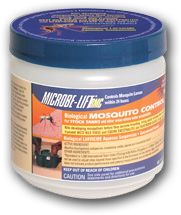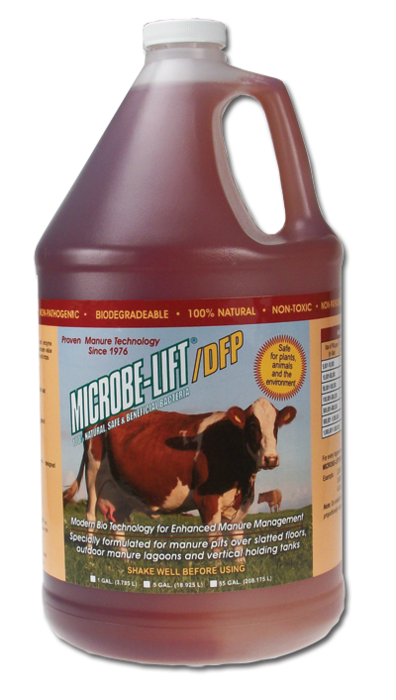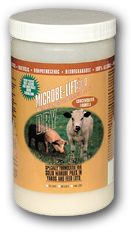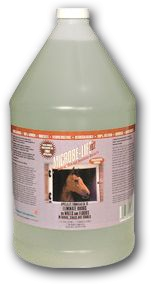DOWNLOAD SDS MICROBE-LIFT/BMC kills developing mosquitoes before they become breeding, biting adults, including those which may transmit West Nile Virus and Equine Encephalitis, and those which may transmit Heartworm disease to dogs and cats.
MICROBE-LIFT/BMC can be applied to areas used by or in contact with humans, animals, horses, livestock, pets, birds or wildlife. MICROBE-LIFT/BMC can be applied to areas that can contain aquatic life, fish and plants.
Benefits
- Biological Larvicide (B.T.I. Active Ingredient)
- 540 square foot coverage per teaspoon
- Up to 14 days activity depending on application site
- Disperses evenly in water
- No potential for resistance development in the target mosquito population
- No organic or inorganic residues
Protect your Livestock from West Nile Virus & Equine Encephalitis
Look around the property periodically for dead birds, such as crows. Any dead birds should be reported to the local health department. Use gloves to handle dead birds or use an implement, such as a shovel.
Mosquitoes and the pathogens they carry-have proven to be hardy and relentless. Despite all our technology and science, mosquitoes pose a health risk all over the world.
There are over 2,500 different species of mosquitoes.
Equine Encephalitis
The mosquito’s role as a bridge vector-connecting an animal reservoir host with people-is key to a number of viral illnesses that are marked by inflammation of the brain and the membrane that surrounds it. In the U.S., the most prominent encephalitis viruses are carried by mosquitoes.
Eastern Equine Encephalitis (EEE) is the most lethal of the mosquito borne encephalitides.
EEE virus is transmitted in a broad arc along the eastern coast of the United States from Michigan, east through New York to Southern New England and South to Florida and the Gulf Coast.
Outbreaks of EEE occur after a wet winter and a long wet early summer, followed by a heavy storm in late summer. These conditions permit the virus to amplify among birds before being carried to human or equine hosts. Western Equine Encephalitis (WEE) can strike both horses and human beings.
West Nile
The main West Nile Vector-Culex Pipiens-feeds at night and breeds only in foul, stagnant water. Anything that might hold water (ie: old tires, birdbaths, ponds, water fountains, statuary drains, rain barrels, stock tanks, abandoned pools) require attention to limit breeding. It is possible that the West Nile Virus may also be transmitted by other types of mosquitoes. There are Perturbans that breed in fresh water, cattail swamps; Sollicitans that breed in salt marshes; Vexans that breed in temporary rain pools; and others that may transmit diseases.
The Active Ingredient BTI
Bacillus Thuringiensis Israelensis (BTI) is a microbial preparation that is uniquely safe because its toxins act solely on mosquitoes and their close relatives-blackflies, nuisance flies and nuisance aquatic midges. The BTI destroy the wall of the larva’s gut. BTI is universally accepted as an example of an environmentally-friendly insecticidal product. It is essentially impossible to see Bti resistant populations of mosquitoes, while Methoprene resistant populations of insects already exist!





